Milk Thistle
•Last Updated: February 26, 2024
Milk thistle (Silybum marianum) contains silymarin, a complex of plant compounds known for their hepatoprotective (liver-protecting) properties.
Milk Thistle is most often used for.
Last Updated:February 26, 2024
1.^Saller R, Brignoli R, Melzer J, Meier RAn updated systematic review with meta-analysis for the clinical evidence of silymarin.Forsch Komplementmed.(2008-Feb)
2.^Anton Gillessen, Hartmut H-J SchmidtSilymarin as Supportive Treatment in Liver Diseases: A Narrative ReviewAdv Ther.(2020 Apr)










